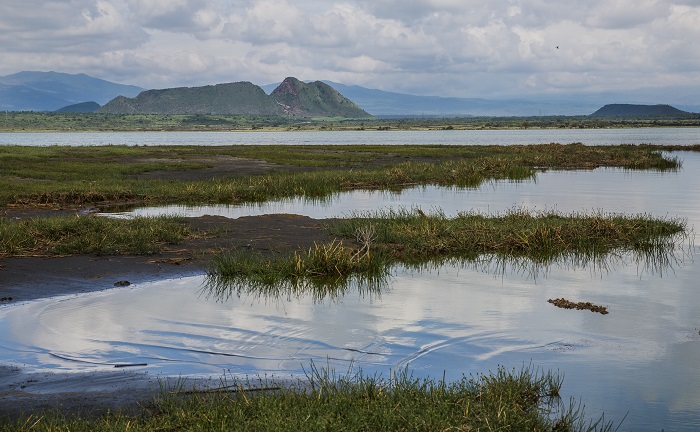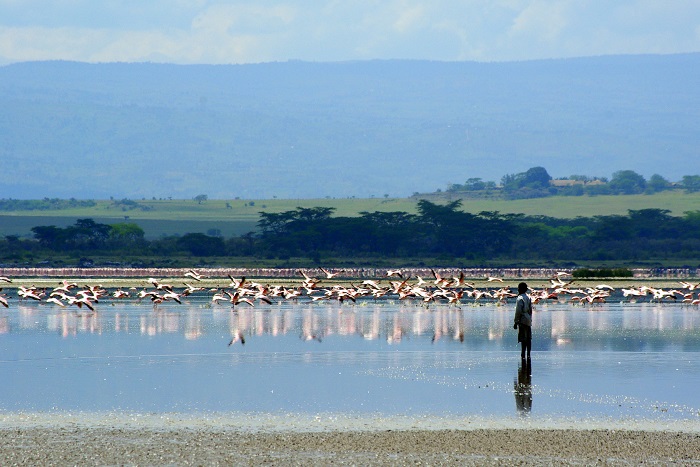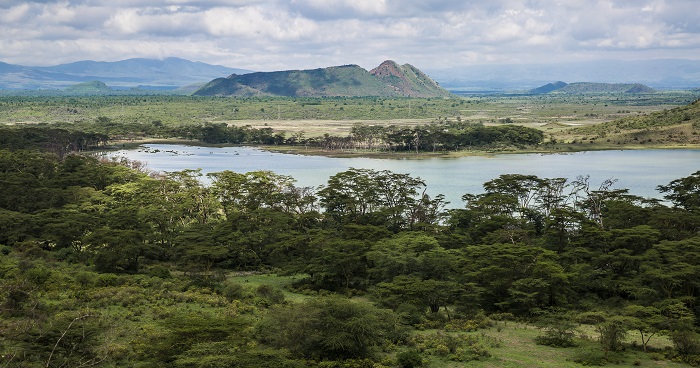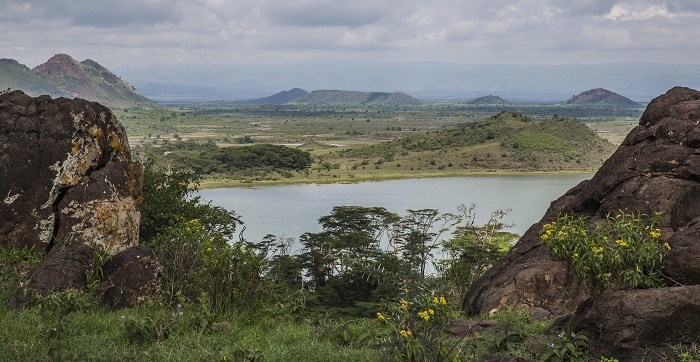Lake Elmenteita is a soda lake, which is a lake on the strongly alkaline side of neutrality, typically with a pH value between 9 and 12, that is part of the Ramsar Wetlands list and it is located in the Great Rift Valley, within the southwestern part of the Republic of Kenya.

As it is conveniently nestled in the Great Rift Valley, Lake Elmenteita is approximately 120 km (75 mi) northwest of the capital city of Nairobi, more precisely between the towns of Naivasha and Nakuru. As this soda lake is part of the larger Rift Valley Lakes system, positioned at an elevation of about 1,670 m (5,479 ft) above sea level, its geographic coordinates are roughly 0°27′S 36°15′E, making it a prominent feature in this ecologically rich region.
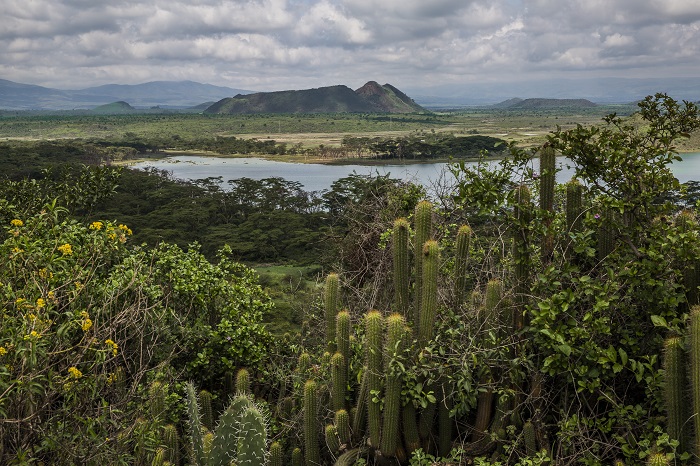
The name “Elmenteita” itself, derived from the Maasai word “Muteita,” meaning “dust place,” is a reflection of the region’s arid conditions during the dry seasons, and this name encapsulates the environmental challenges faced by both ancient and contemporary inhabitants of the area. The Maasai, who have historically inhabited the Rift Valley, have a deep cultural connection to the land and its resources, and the lake’s fluctuating water levels and surrounding dry landscapes have influenced their nomadic lifestyle, livestock grazing patterns, and water management practices.
The historical and cultural significance of Lake Elmenteita is thus intertwined with the lives of the people who have depended on it for generations, but understanding this connection offers a broader perspective on how natural features shape human culture and survival strategies, emphasizing the importance of preserving both the ecological and cultural heritage of this remarkable region.
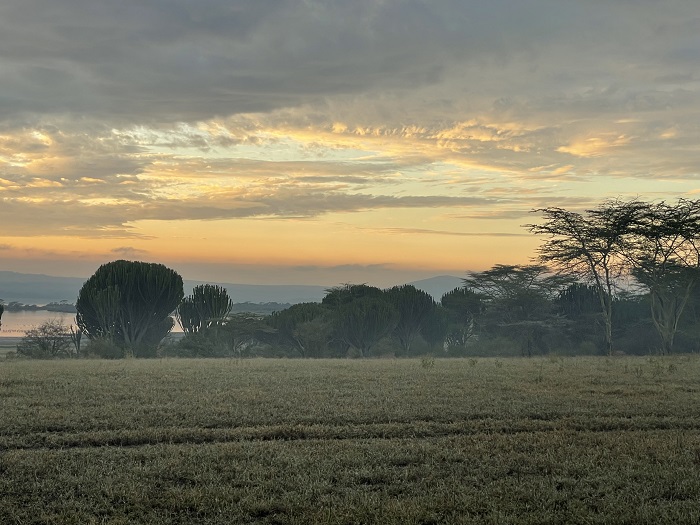
Interestingly, Lake Elmenteita was formed millions of years ago as part of the tectonic activity that created the Great Rift Valley, and the lake, along with its neighboring lakes like Nakuru and Naivasha, was shaped by volcanic activity and subsequent geological processes, which led to the formation of a series of interconnected basins. Over time, these basins filled with water, and formed the distinctive soda lakes known for their high salinity and alkalinity which we know today. Lake Elmenteita is estimated to be around 12,000 years old, tracing its origins to the last major climatic shift during the late Pleistocene epoch.
This period marked significant global climatic changes, transitioning from the glacial conditions of the Ice Age to a more temperate climate. The formation of Lake Elmenteita was influenced by these shifts, with glacial meltwater and precipitation contributing to its initial filling, however, over the millennia, the lake has been shaped by the tectonic forces of the Great Rift Valley, a region known for its seismic activity and volcanic history. These geological processes not only formed the lake basin but also determined its hydrological dynamics, contributing to its unique alkaline and saline characteristics.
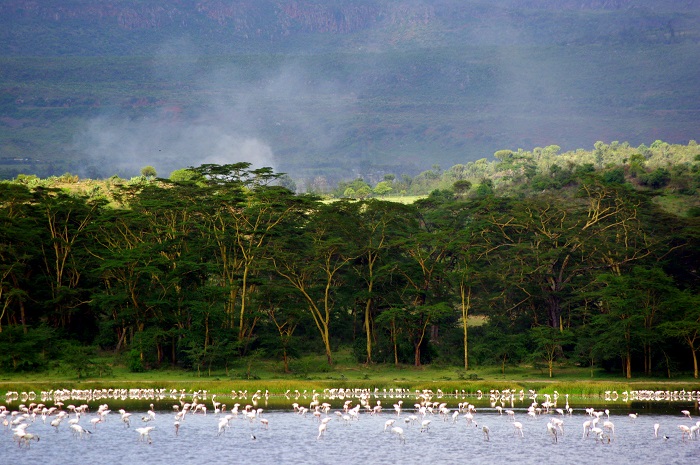
Since its formation, Lake Elmenteita has undergone significant changes in size and depth, primarily driven by climatic fluctuations. During wetter periods, such as the African Humid Period, increased rainfall and reduced evaporation rates led to higher water levels and expanded the lake’s surface area, but these conditions fostered a rich biodiversity, supporting various aquatic and terrestrial life forms. Conversely, during drier climatic phases, such as the Medieval Warm Period, reduced rainfall and higher evaporation rates caused water levels to drop, increasing salinity and concentrating minerals where these dry phases often resulted in the shrinking of the lake and challenging conditions for its flora and fauna. Furthermore, volcanic activity in the region also played a role, with eruptions depositing ash and other materials into the lake, altering its sediment composition and water chemistry.
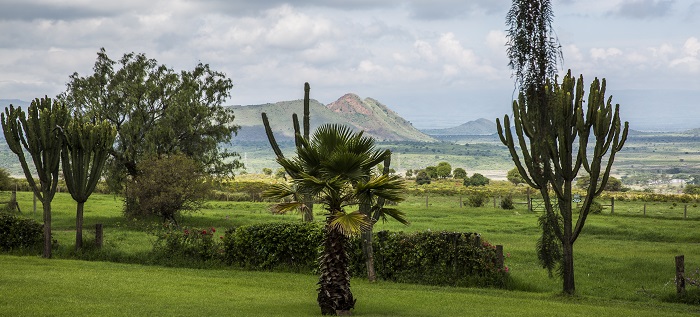
Nevertheless, human influence has further impacted Lake Elmenteita, particularly in recent centuries, as early human settlements around the lake utilized its resources for sustenance and agriculture, as evidenced by archaeological findings. In modern times, activities such as deforestation, agriculture, and urbanization have altered the lake’s catchment area, affecting its water quality and quantity. Increased sedimentation from soil erosion, water abstraction for irrigation, and pollution from agricultural runoff have all contributed to changes in the lake’s ecosystem.
Historical records and sediment analysis reveal a complex ecological history marked by periods of high water levels, abundant life, and extensive dry phases with high salinity, and these records provide a window into the past, showing how natural and human-induced changes have shaped Lake Elmenteita over thousands of years, making it a dynamic and resilient ecosystem.
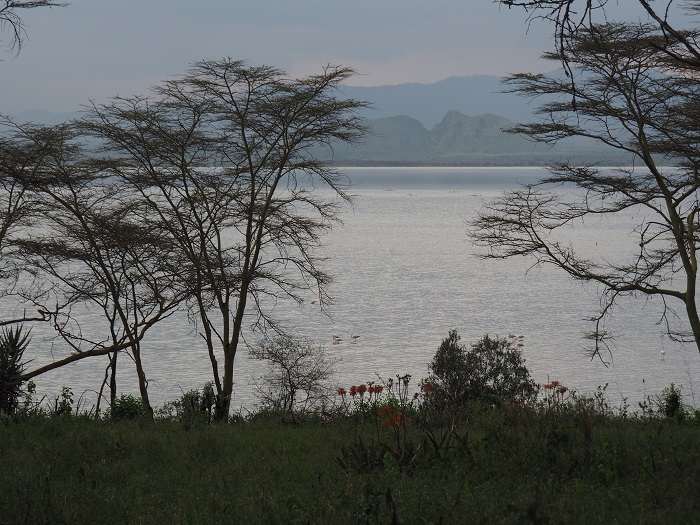
Lake Elmenteita is a vital ecological asset for Kenya and the surrounding regions. It is recognized as a UNESCO World Heritage Site, forming part of the Kenya Lake System in the Great Rift Valley, and the lake provides crucial habitat for a variety of bird species, including the lesser flamingo, great white pelican, and over 450 other bird species, its shallow alkaline waters are rich in blue-green algae, which attract flamingos, making it a significant site for birdwatching and ornithological studies.
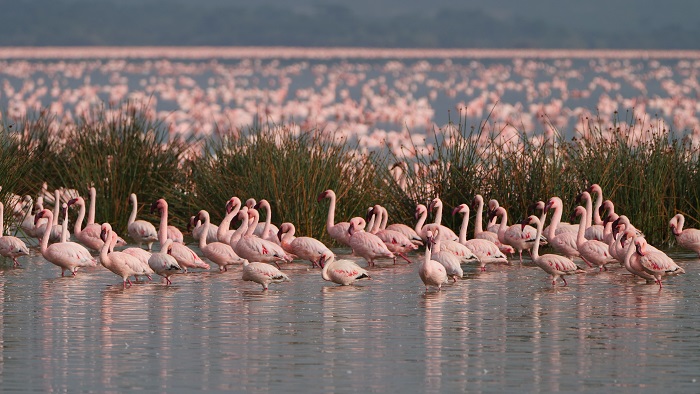
The lake and its surrounding wetlands support a diverse range of flora and fauna, contributing to the region’s biodiversity, and this biodiversity is essential for maintaining ecological balance and supporting local livelihoods through fishing, agriculture, and tourism.
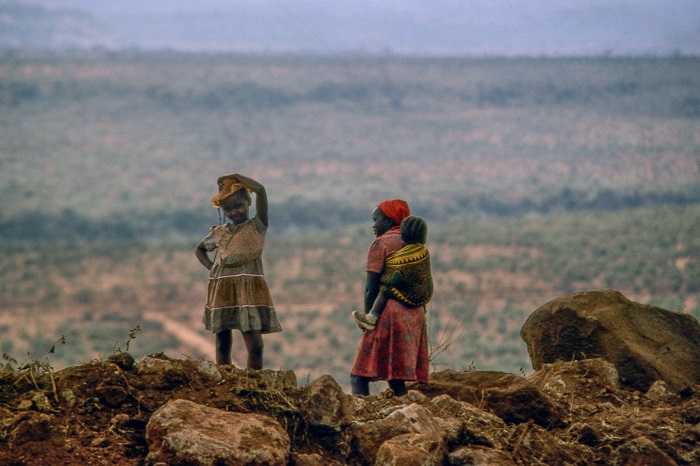
Most importantly from modern times, this quite important lake offers a plethora of tourism opportunities, attracting nature enthusiasts, birdwatchers, and adventure seekers, where the key attractions and activities include: birdwatching, game drives, and wildlife viewing, for example, the nearby Soysambu Conservancy provides excellent opportunities to observe wildlife, including giraffes, zebras, buffalos, and various antelope species, then nature walks and hiking, cultural tours where visitors can engage with the local Maasai communities, learning about their traditional way of life and participating in cultural activities, and finally plentiful of photographic opportunities, as the stunning scenery and abundant wildlife make Lake Elmenteita a perfect destination for photography enthusiasts.
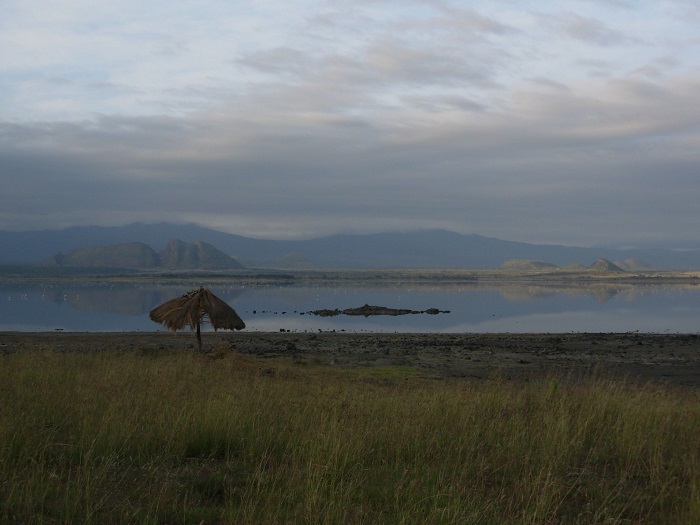
Lake Elmenteita holds considerable historical significance due to the presence of numerous archaeological sites in its vicinity. These sites offer valuable insights into early human settlements and prehistoric activities in the Rift Valley, highlighting the region’s long-standing importance as a hub of human civilization, and excavations around the lake have uncovered artifacts such as stone tools, pottery, and remnants of ancient dwellings, providing evidence of human habitation dating back thousands of years. These findings suggest that early humans were attracted to the area due to its water resources and the abundant flora and fauna that thrived in and around the lake. The archaeological record reveals a rich tapestry of human history, showcasing the adaptability and ingenuity of early communities who lived in this dynamic and often challenging environment.
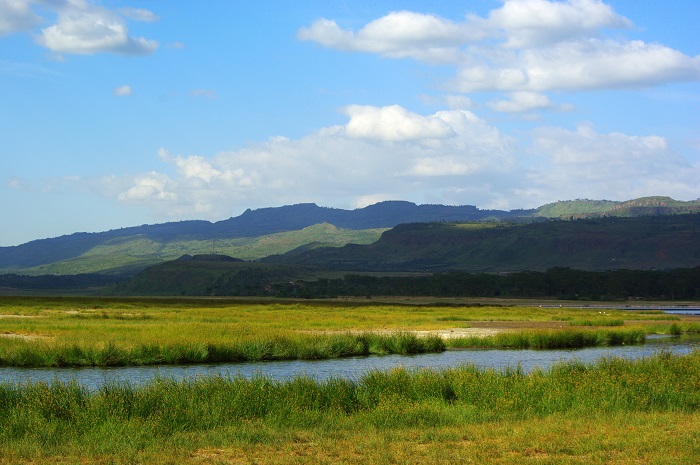
In conclusion, Lake Elmenteita stands as a remarkable testament to the geological and ecological richness of Kenya’s Great Rift Valley. Its formation, historical changes, and ongoing ecological significance underscore the lake’s importance to the region and the country, and as a hub for biodiversity, a site of scientific interest, and a thriving tourist destination, Lake Elmenteita continues to play a crucial role in Kenya’s natural heritage and economic development. Whether for its breathtaking landscapes, diverse wildlife, or cultural experiences, Lake Elmenteita remains a must-visit destination for those exploring the wonders of Kenya.

